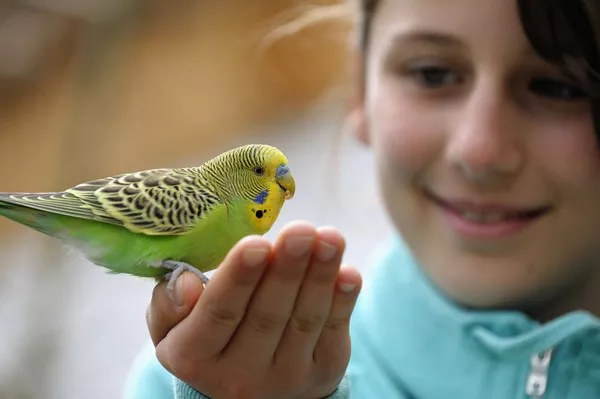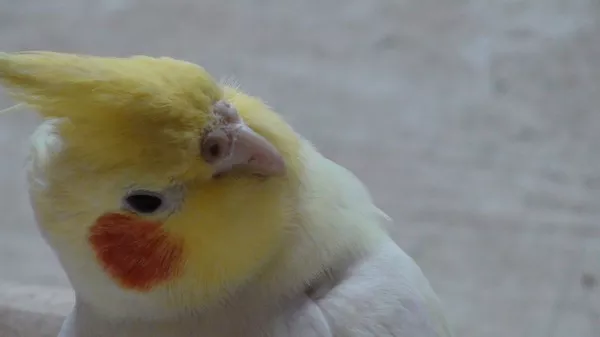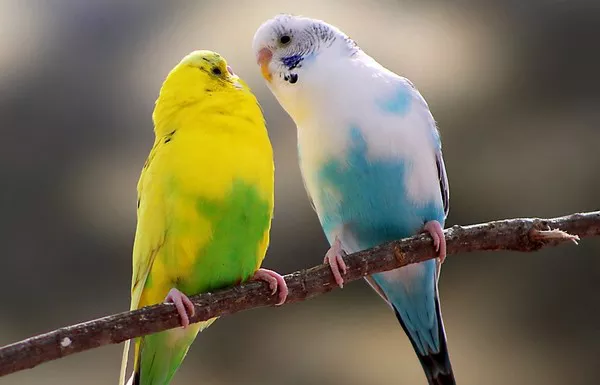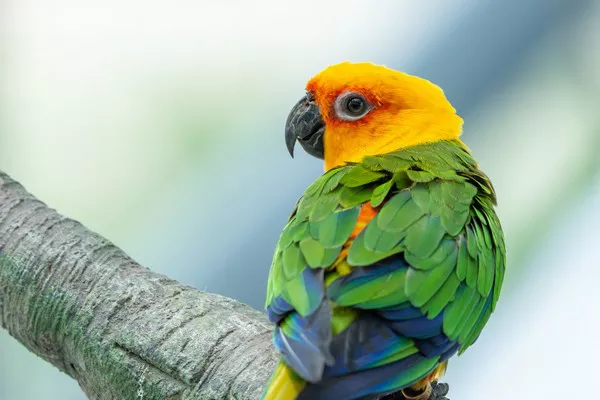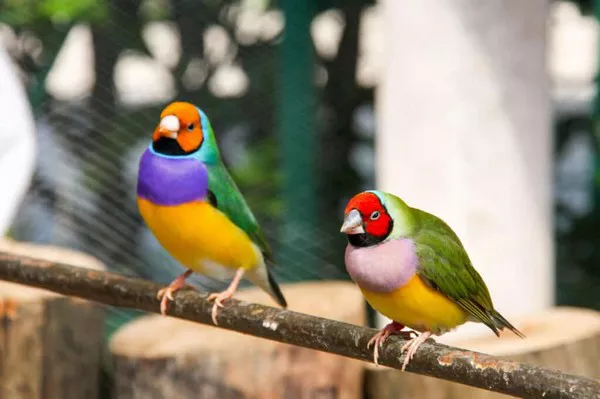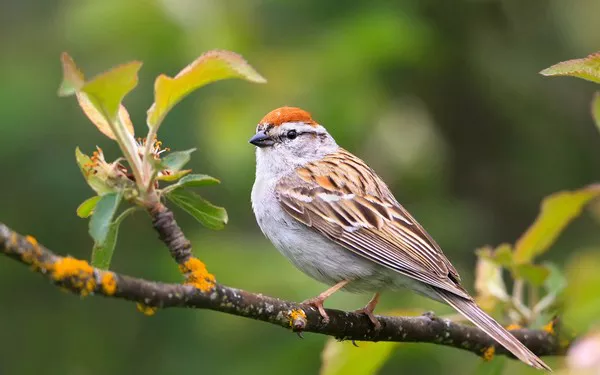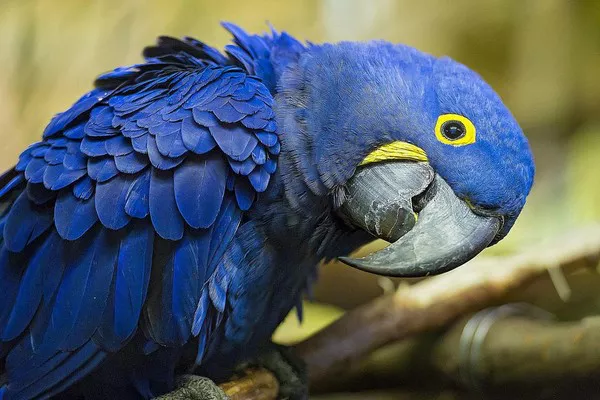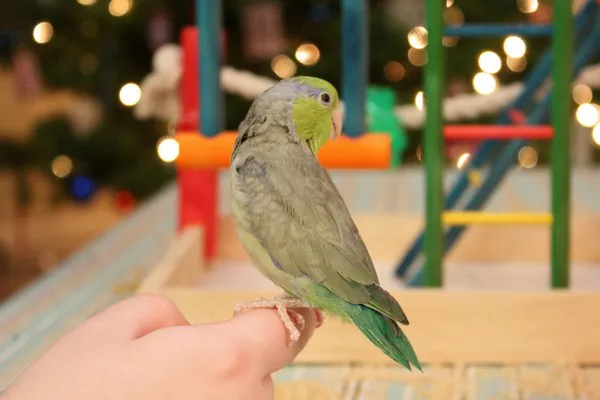When we think of parrots, vibrant colors and playful personalities often come to mind. Among these avian wonders, the sun conure stands out with its stunning plumage and sociable nature. But where does sun conures originate? Join me on a colorful journey as we explore the sun conure’s homeland, its behaviors, and its place in the hearts of pet owners.
The Sun Conure: A Colorful Introduction
The sun conure (Aratinga solstitialis) is a medium-sized parrot known for its bright yellow and orange feathers, complemented by touches of green on its wings and tail. These birds are not just a pretty face; they are highly intelligent, social, and vocal, making them popular pets. Their playful antics and affectionate nature endear them to many, but understanding their origins is vital for appreciating their care and behavior.
Physical Characteristics
The sun conure typically measures about 12 to 14 inches in length and weighs between 90 to 130 grams. Their vivid feathers are a mix of yellow, orange, and green, resembling a tropical sunset. The beak is strong and curved, designed for cracking seeds and nuts, while their feet are zygodactyl, allowing them to grasp branches with ease. This unique physical structure is not just for show; it aids in their survival in the wild.
Behavior and Social Structure
In their natural habitat, sun conures are known for their social behavior. They often live in flocks, which can consist of up to 30 individuals. This social structure is essential for their survival, as it helps protect them from predators and facilitates foraging. Sun conures communicate through a variety of vocalizations, ranging from soft chirps to loud squawks, which can be quite a shock for unsuspecting pet owners!
The Sun Conure’s Native Habitat
The sun conure is native to the northeastern part of South America. Specifically, they inhabit areas in Brazil, Guyana, Suriname, and French Guiana. Understanding their natural habitat helps us appreciate the conditions that influence their behavior and care requirements as pets.
Brazil: The Heart of the Sun Conure’s Range
Brazil is where sun conures thrive in their natural environment. The country boasts vast tropical savannas, also known as cerrado, which are characterized by open grasslands and scattered trees. These habitats provide the perfect foraging grounds for sun conures, allowing them to feast on seeds, fruits, and nuts. The cerrado is also home to a rich biodiversity, including numerous other bird species, making it an avian paradise.
Seasonal Changes and Migration
While sun conures are not known for long migrations, they do exhibit seasonal movements based on food availability. During the dry season, they may move to areas with more abundant food sources, which can lead to the formation of larger flocks. This seasonal behavior is critical for understanding how to provide proper nutrition and stimulation for pet sun conures.
Other Countries in Their Range
Aside from Brazil, sun conures can also be found in Guyana, Suriname, and French Guiana. These regions feature similar tropical habitats, providing ample food sources and nesting sites for these vibrant birds. In Guyana, for instance, sun conures often inhabit savannas and forest edges, showcasing their adaptability to various environments.
Environmental Challenges
Despite their adaptability, sun conures face several environmental challenges. Habitat loss due to deforestation and agricultural expansion poses significant threats to their populations. Furthermore, illegal trapping for the pet trade has led to declines in wild populations. Understanding these challenges is essential for promoting responsible pet ownership and conservation efforts.
The Sun Conure as a Pet
The sun conure’s captivating beauty and engaging personality make it a popular choice among bird enthusiasts. However, potential pet owners must be aware of the responsibilities involved in caring for these lively birds.
Lifespan and Commitment
Sun conures can live for 20 to 30 years in captivity, so adopting one is a long-term commitment. It’s essential for owners to provide proper care, socialization, and mental stimulation to ensure their pet’s happiness and health.
Social Needs
Sun conures thrive on social interaction, both with their human companions and other birds. They are known for their playful nature, often engaging in games and vocalizations to seek attention. Owners should dedicate time each day to interact with their sun conure, as neglecting their social needs can lead to behavioral issues.
See Also: How Big of a Cage Does a Sun Conure Need?
Housing and Environment
Creating a suitable living environment for a sun conure involves more than just providing a cage. These birds need ample space to stretch their wings and play. A large cage with horizontal bars is ideal, allowing them to climb and explore. Additionally, providing toys, perches, and foraging opportunities will keep them mentally stimulated.
Diet and Nutrition
A balanced diet is crucial for a sun conure’s health. In the wild, they primarily eat seeds, fruits, and nuts. In captivity, their diet should consist of high-quality pellets, fresh fruits, and vegetables. It’s essential to avoid feeding them avocado, chocolate, and caffeine, as these foods are toxic to parrots.
Health Considerations
Regular veterinary check-ups are vital for sun conures, as they are susceptible to various health issues, including obesity, feather plucking, and respiratory problems. Owners should be observant of any changes in their pet’s behavior or appearance and seek veterinary care when necessary.
The Sun Conure in Culture and Conservation
Sun conures are not just popular pets; they also hold cultural significance in their native regions and contribute to conservation efforts aimed at protecting their habitat.
Cultural Significance
In Brazil, the sun conure is admired for its beauty and vibrant personality. It is often featured in local art and folklore, symbolizing joy and freedom. This cultural appreciation helps promote awareness of the species and the importance of conserving its natural habitat.
Conservation Efforts
Numerous organizations are dedicated to the conservation of sun conures and their habitats. Efforts include habitat restoration, education programs for local communities, and regulations on the pet trade. Supporting these initiatives is crucial for ensuring the long-term survival of sun conures in the wild.
The Role of Pet Owners in Conservation
Pet owners can play a significant role in conservation efforts by choosing to adopt sun conures from reputable breeders and supporting organizations that promote ethical practices. Additionally, spreading awareness about the importance of protecting their natural habitat can contribute to the preservation of these beautiful birds.
Conclusion
The sun conure is a remarkable bird with a captivating presence and a rich history rooted in the vibrant ecosystems of South America. Originating primarily from Brazil, Guyana, Suriname, and French Guiana, these colorful parrots thrive in tropical savannas and showcase the beauty of nature.
As pet owners, understanding the sun conure’s origins and behaviors is essential for providing the best care possible. By recognizing their social needs, nutritional requirements, and the challenges they face in the wild, we can foster a deeper appreciation for these delightful birds and contribute to their conservation.
So, whether you’re a current sun conure owner or simply a fan of these feathered friends, remember that with great beauty comes great responsibility. Together, we can ensure that future generations will continue to marvel at the stunning sun conure and the vibrant ecosystems it calls home.
Related Topics:

